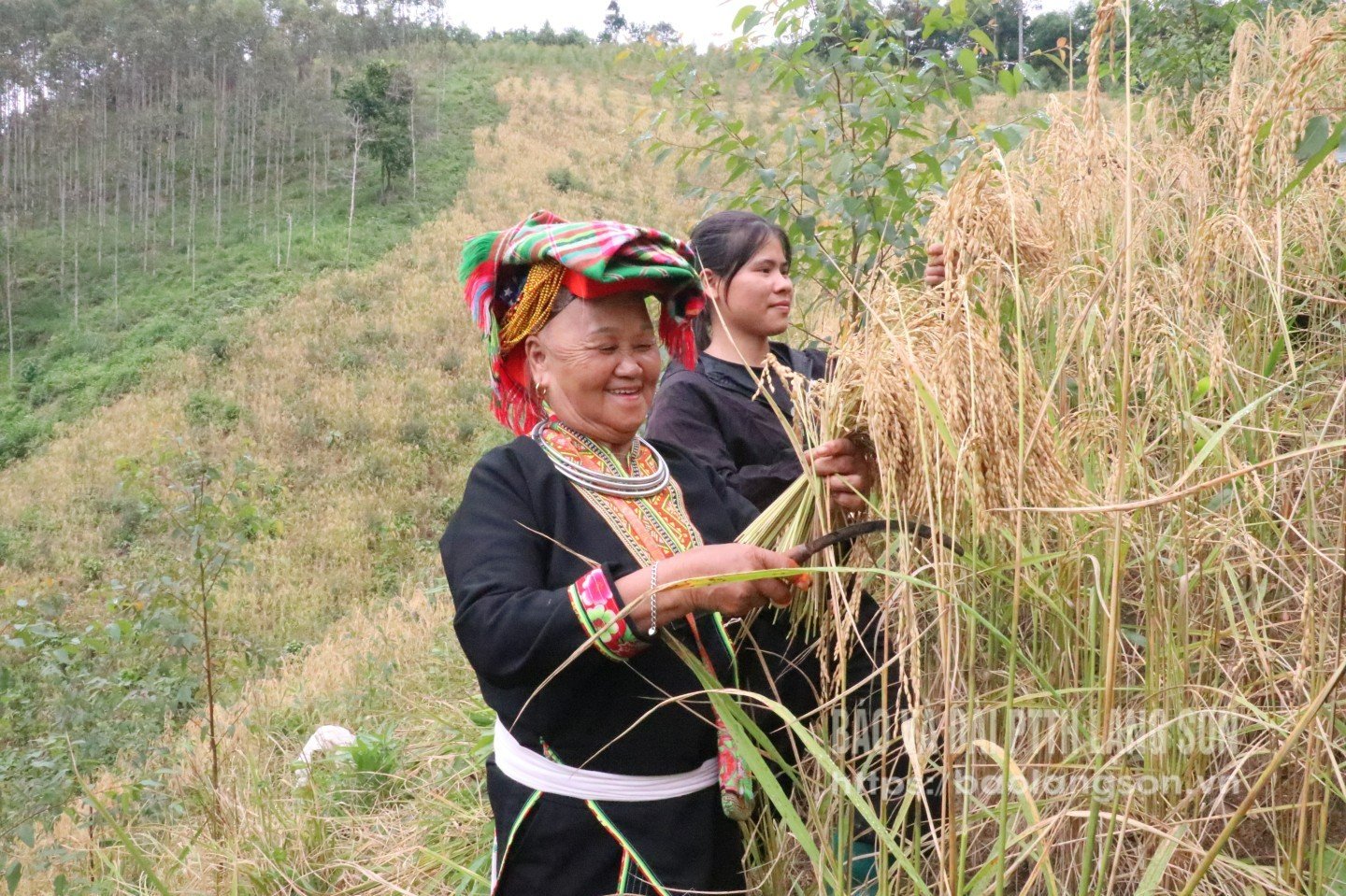
As one of the households with increased income thanks to intercropping upland rice, Mrs. Ban Thi Tam, Doc May village, said: From 2022, my family started intercropping upland rice on newly planted forest land. Every year, my family grows about 0.7 - 0.8 hectares of upland rice, mainly sticky rice, bringing in an income of 30 - 40 million VND/year. In 2025, my family will grow more than 1 hectare of upland rice. Currently, my family is harvesting, with an expected yield this year of more than 1.5 tons of paddy, after milling, it is estimated to reach more than 1.2 tons of rice. I plan to sell about 1 ton of rice to the market, with a selling price of 35,000 - 40,000 VND/kg, bringing in an income of over 40 million VND.
Like Mrs. Tam's family, Mr. Trieu Tien Tho's family in Binh An village also takes advantage of the newly planted forest land to intercrop upland rice. Mr. Tho said: From 2018 to now, every year, my family has exploited and planted about 1 hectare of eucalyptus and acacia trees. I take advantage of this area to intercrop upland rice. In the 2025 upland rice crop, my family intercropped 1 hectare of sticky rice. At the moment, my family is harvesting. This year, the estimated yield is nearly 2 tons of rice, with the selling price ranging from 20,000 - 25,000 VND/kg, the income is estimated at nearly 50 million VND. Intercropping upland rice on newly planted forest land not only helps increase family income but also creates favorable conditions for caring for and fertilizing forestry trees.
Not only the two families above, the whole Nhat Hoa commune currently has about 400/2,416 households that have taken advantage of the newly planted forest area to intercrop sticky rice. According to research, every year, households plant rice from the 3rd - 4th lunar month, and harvest in the 9th - 10th lunar month, with an average yield of 1.5 - 1.8 tons of rice/ha. Growing rice brings double benefits, both taking advantage of the land area "taking short-term to feed long-term", increasing family income, and limiting erosion and weed growth. After harvesting, the base of the rice plant will decompose and create a source of nutrients for the development of forestry trees.
According to statistics of Nhat Hoa Commune People's Committee, the whole commune currently has more than 4,200 hectares of planted forests, on average, each year, people in the commune plant about 200 hectares of new forests. From the newly planted forest area in the first years, people take advantage of intercropping 45 - 50 hectares of upland rice/year, mainly upland sticky rice, concentrated in the villages: Binh An, Doc May, Na Ga...
Because the upland rice is grown on high hills, harvesting takes longer and requires more effort than rice grown in the fields. When harvesting, people often pick each rice flower and tie them into small bundles to transport home.
Although harvesting is quite difficult and the yield is lower than that of rice grown in the field, because the quality of the rice is more delicious, sticky and fragrant, the selling price is higher, the consumption market is also more stable, bringing additional income to households from 30 - 50 million VND/ha/year.
Mr. Vy Van Huyen, Head of the Economic Department of Nhat Hoa Commune, said: Instead of burning forests to grow upland rice like in the past, in recent years, people in the commune have taken advantage of newly planted forest land to intercrop upland sticky rice. This is a method of "taking short-term to support long-term" suitable for the commune's reality. At the same time, this intercropping not only contributes to increasing people's income but also limits erosion, creating a good source of organic fertilizer for forestry trees to grow. In the coming time, the department will continue to promote people to take advantage of newly planted forest land to intercrop upland rice. Along with that, the department will research and advise the Commune People's Committee towards building upland sticky rice products into OCOP products to increase the value of local agricultural products.
It can be seen that intercropping rice on newly planted forest land has brought many practical benefits to people in Nhat Hoa commune. Thereby, it not only helps people to exploit the land potential to the maximum and increase economic efficiency on the same unit area.
Source: https://baolangson.vn/loi-ich-kep-tu-trong-xen-canh-lua-nuong-o-nhat-hoa-5063722.html






![[Photo] Panorama of the Patriotic Emulation Congress of Nhan Dan Newspaper for the period 2025-2030](https://vphoto.vietnam.vn/thumb/1200x675/vietnam/resource/IMAGE/2025/11/04/1762252775462_ndo_br_dhthiduayeuncbaond-6125-jpg.webp)
![[Photo] Opening of the 14th Conference of the 13th Party Central Committee](https://vphoto.vietnam.vn/thumb/1200x675/vietnam/resource/IMAGE/2025/11/05/1762310995216_a5-bnd-5742-5255-jpg.webp)
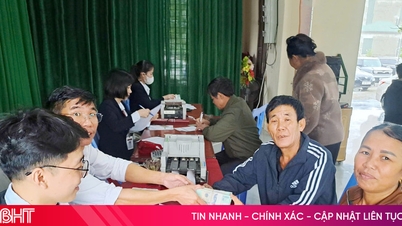

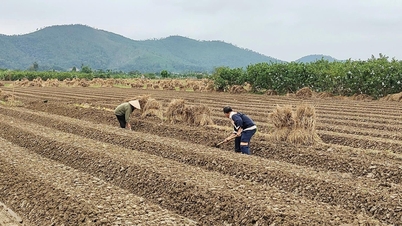

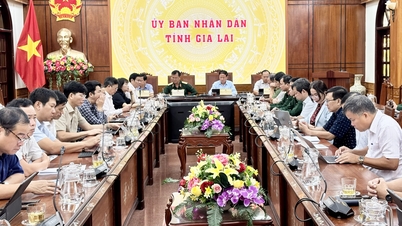




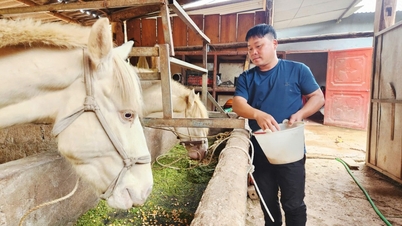




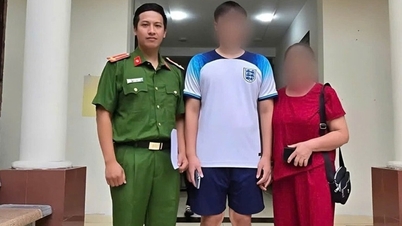
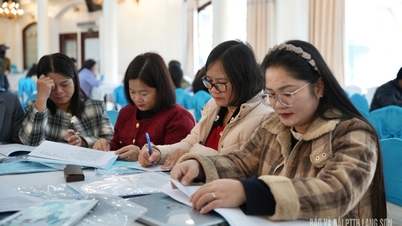
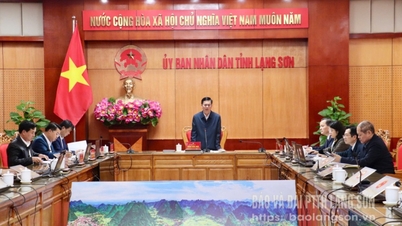
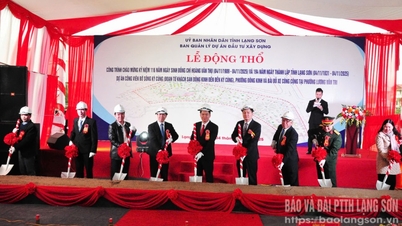























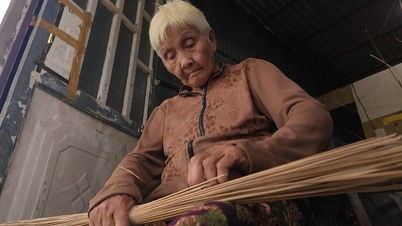
















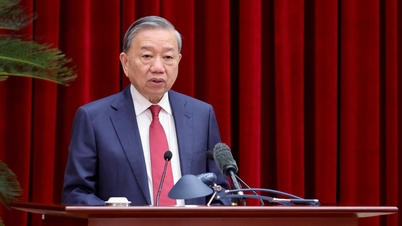





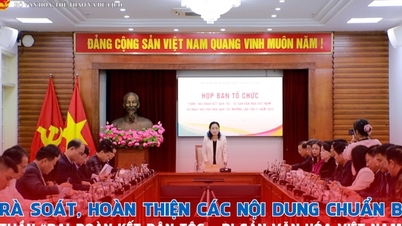
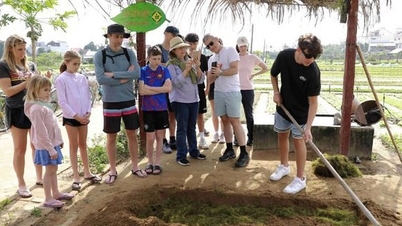




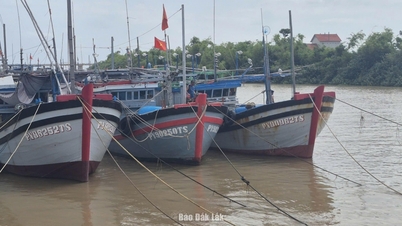






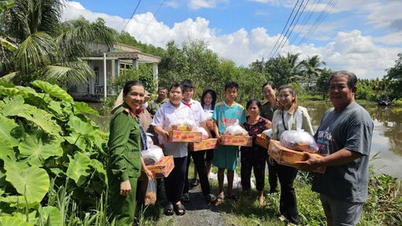











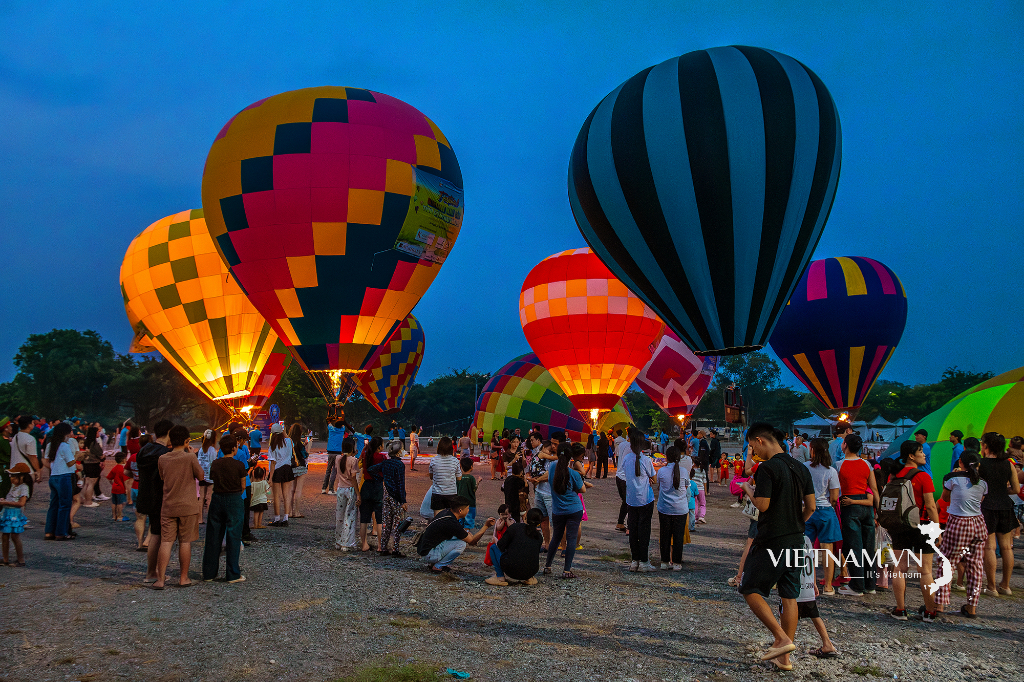
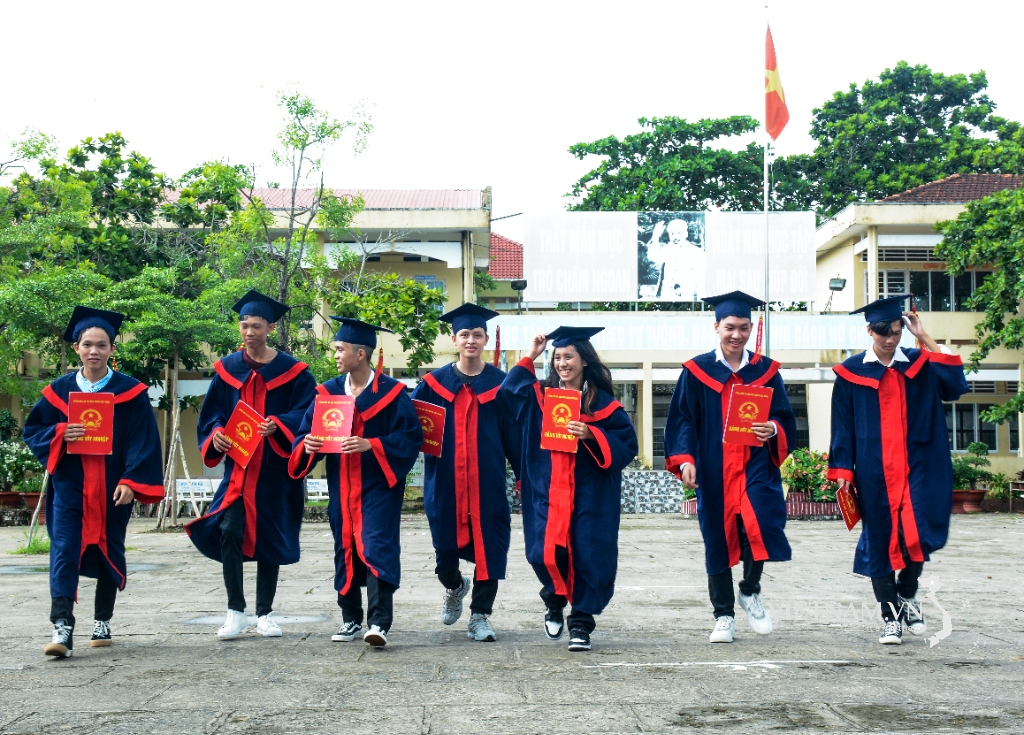

Comment (0)